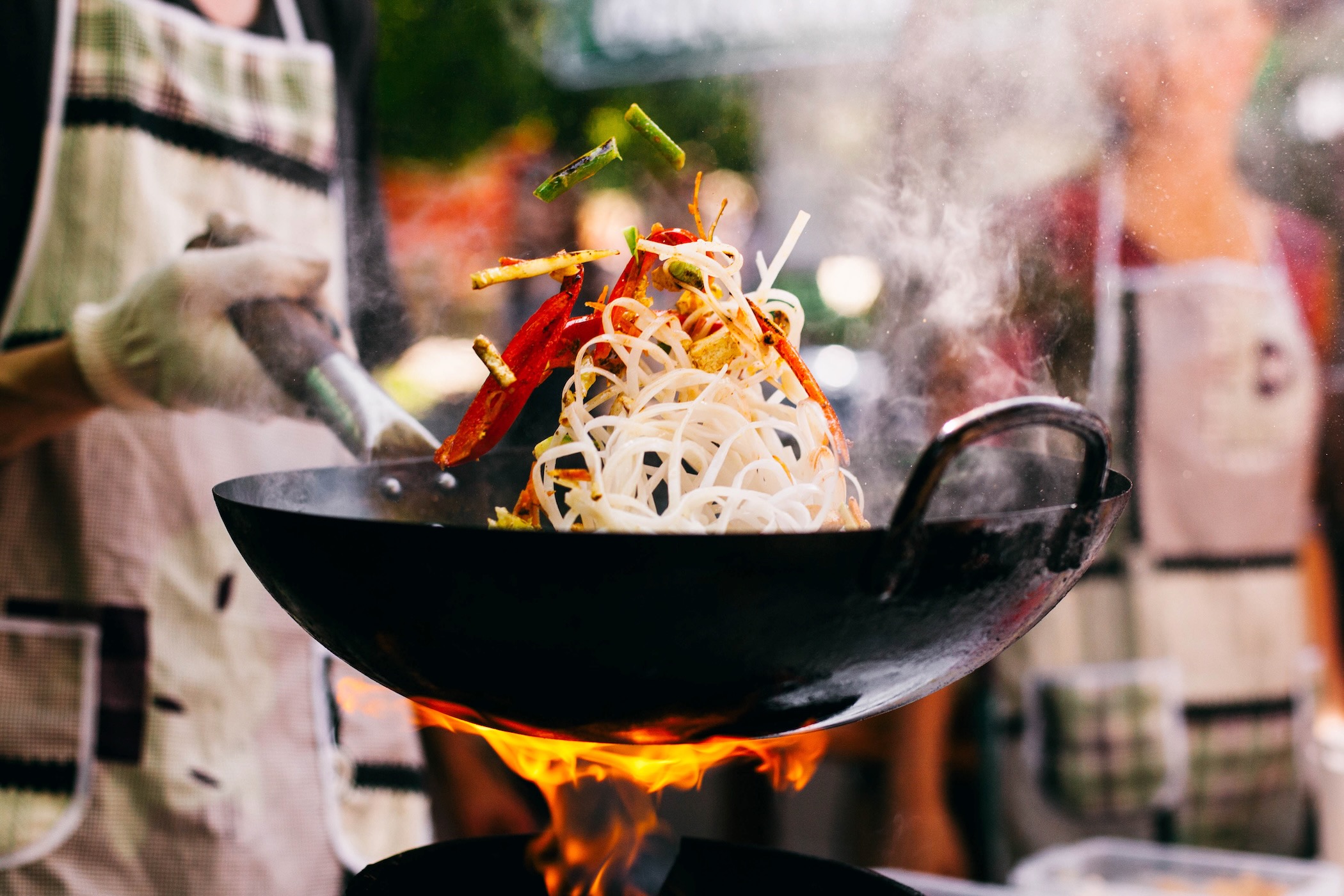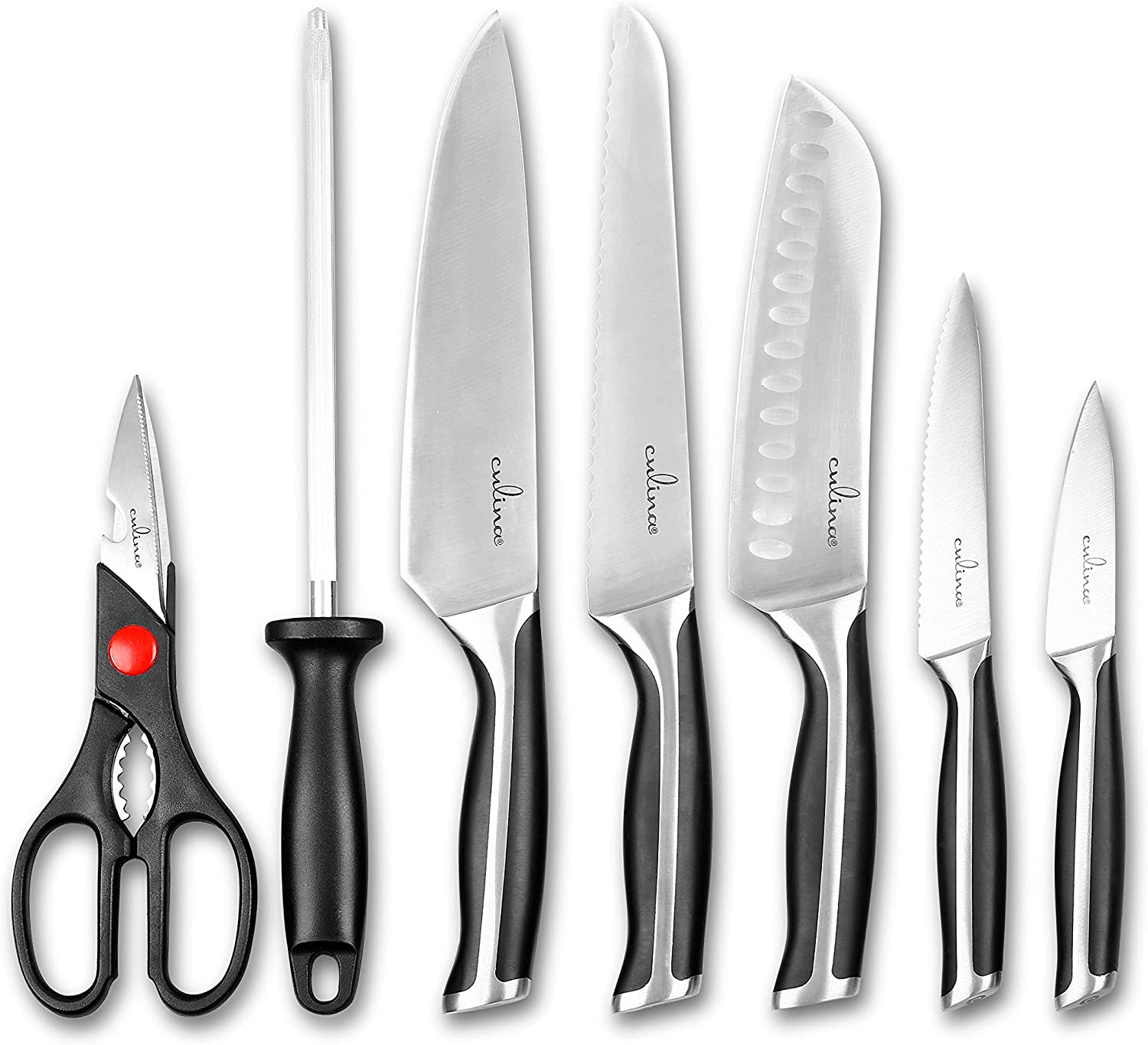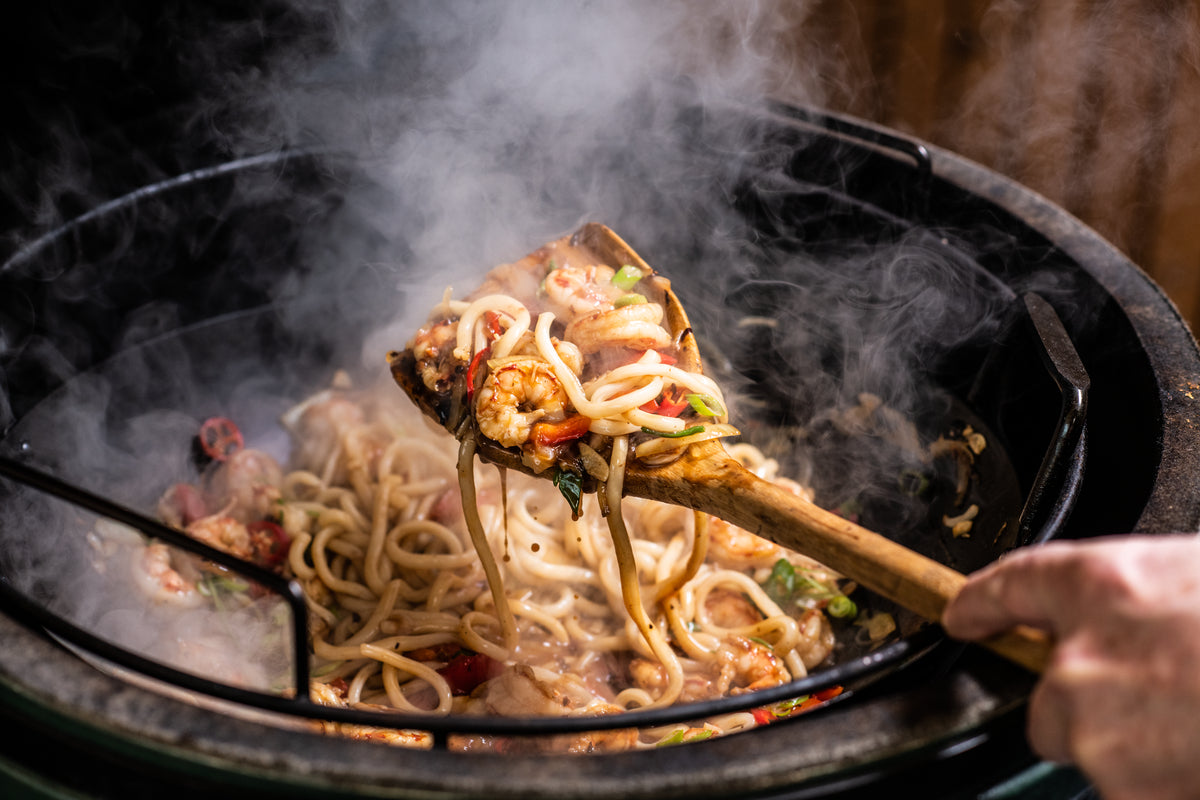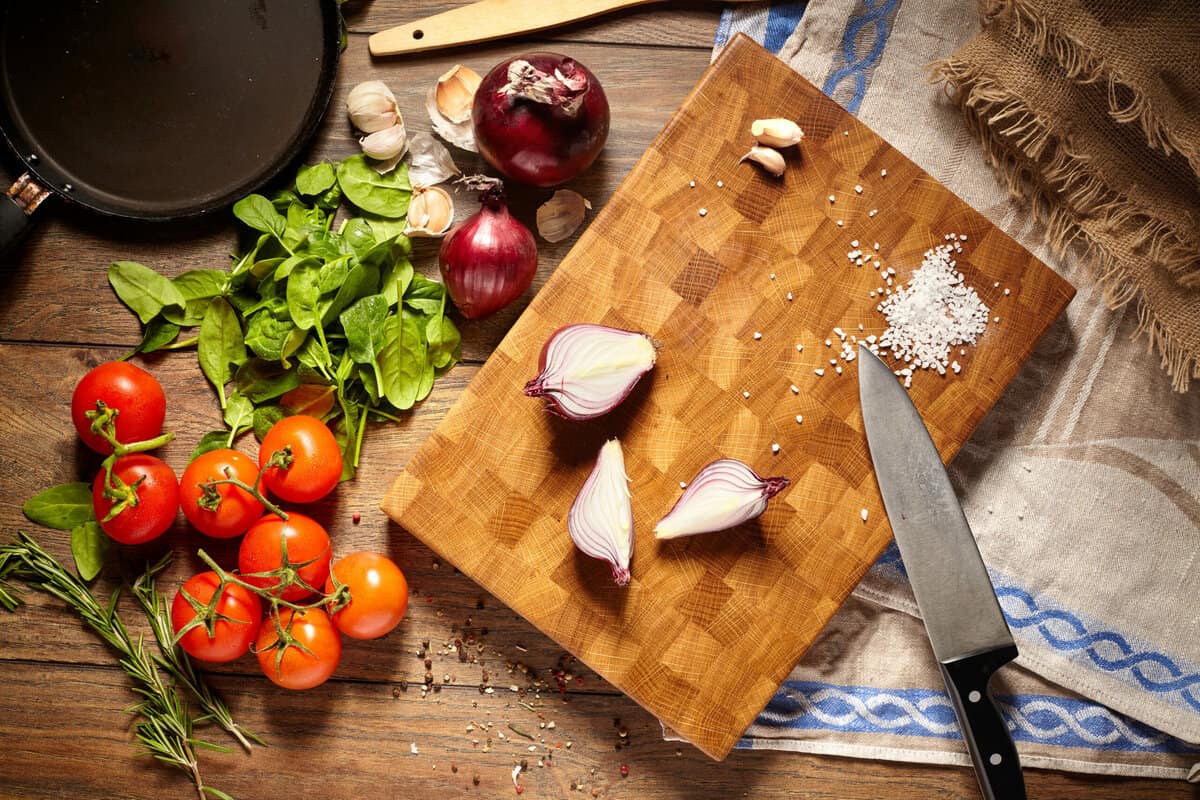Every kitchen professional knows that maintaining their cookware is crucial for achieving the best results. One of the most versatile tools in the kitchen is the wok, but what happens when it gets scorched? Today, were diving deep into how to clean a scorched wok so you can get back to cooking without being impeded by unsightly marks. Whether its from high heat or forgotten leftovers, there are effective strategies to restore your wok to its former glory.
In this article, well explore everything from understanding the reasons behind scorching to using the right cleaning techniques. A clean wok is not just about looks; its essential for food safety and flavor preservation. So lets get started with our comprehensive guide!

Understanding Wok Scorching
Before we jump into the cleaning methods, it's essential to understand how and why woks become scorched. A wok, typically made of materials like carbon steel or cast iron, is designed to withstand high temperatures. However, if food is left unattended, it can burn and stick, leading to a scorched surface. Scorching can also occur from using the wrong utensils or overloading the wok with food.
Common Causes of Scorching
- High Temperatures: Cooking at a temperature that's too high can easily burn food.
- Improper Utensils: Using metal utensils on a seasoned surface can scratch and scorch it.
- Overcrowding: When too much food is added at once, it affects cooking efficiency and can lead to burning.

Immediate Cleaning Solutions
If you find yourself facing a scorched wok, there are immediate steps you can take to fix the issue. Here are some life-changing techniques professionals swear by:
Baking Soda Paste
A simple remedy is to create a baking soda paste. Mix approximately 3 tablespoons of baking soda with a little water to form a thick paste, then apply it to the scorched areas. Let it sit for 30 minutes, scrub gently with a non-abrasive sponge, and rinse well. This method is particularly effective for light scorch marks.
Salt and Oil Scrub
Mix coarse salt with a little vegetable oil to create a gritty paste. Use a soft cloth to scrub the scorched areas using this paste. The abrasive nature of the salt will help lift the burn marks without damaging the wok.

Advanced Cleaning Techniques
If your wok has severe scorching, more advanced techniques may be needed. These methods require additional effort but can be very effective.
Boiling Water Method
Fill the wok with water and bring it to a boil. The heat will help loosen the burnt food particles. Let it simmer for about 10-15 minutes, then use a spatula or wooden spoon to scrape off any remaining debris. This method is particularly useful for stubborn scorch marks.
Vinegar Soak
If all else fails, a vinegar soak can do wonders. Fill your wok with a mix of equal parts water and vinegar and let it soak overnight. The acidity of the vinegar helps break down burnt residues. Scrub it in the morning, and youll be surprised at how effective this method is!

What to Avoid When Cleaning
While there are plenty of cleaning techniques, there are also things you should avoid to preserve your woks integrity:
- Abrasive Cleaners: Steer clear of steel wool and harsh chemicals that can damage the woks surface.
- Dishwasher: Never put your wok in the dishwasher as this can lead to warping and remove seasoning.
- Letting It Sit: Dont let food sit for extended periods; clean your wok shortly after use.
Maintaining Your Wok: The Seasoning Process
Once you've successfully cleaned your wok, it's vital to maintain its seasoning. Seasoning enhances non-stick properties and protects it from rust.
To season your wok, follow these steps:
- Clean the wok thoroughly using any of the above methods.
- Heat the wok on medium-high heat until its hot.
- Add a small amount of oil, swirling it around to coat the entire surface.
- Let it smoke slightly, then wipe off excess oil with a paper towel.
Things to Keep in Mind for Frequent Use
For busy kitchens, proper maintenance can lead to a longer-lasting and better-performing wok. Here are a few quick tips:
- Always preheat your wok before adding oil.
- Use wooden or silicone utensils to avoid scratches.
- Regularly re-season your wok to maintain its non-stick surface.
Frequently Asked Questions
1. Can I use steel wool to clean my wok?
No, using steel wool can scratch and damage your wok's surface. Opt for non-abrasive sponges instead.
2. How often should I re-season my wok?
Its advisable to re-season your wok every few months or whenever you notice food starting to stick.
3. Is it safe to use vinegar to clean a wok?
Yes, vinegar is safe and effective for cleaning wok surfaces when used properly. Just ensure to rinse thoroughly afterward.
Additional Resources for Pro Handling
For further tips and techniques on wok cooking, check out this informative article. If youre looking to elevate your vegetable cooking, you might find this guide on vegetable cooking incredibly useful. Also, seasoning knowledge is key; explore this seasoning guide here!
As an Amazon Associate, I earn from qualifying purchases.






Leave a comment
This site is protected by hCaptcha and the hCaptcha Privacy Policy and Terms of Service apply.